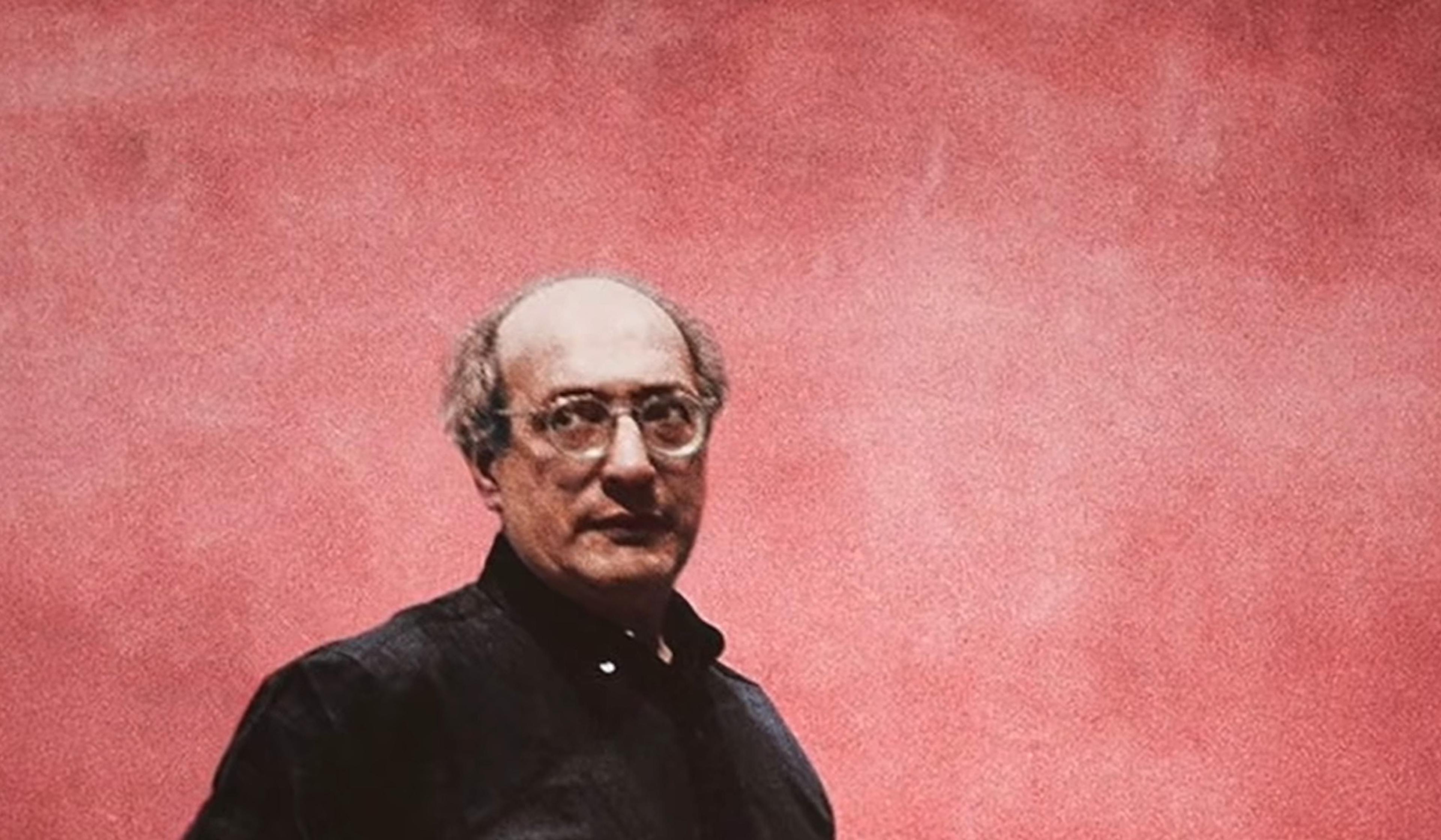The American abstract expressionist Jackson Pollock (1912-56) is a rare artist whose name, style and influence has grown to reach far beyond the art world. But when the National Gallery of Australia in 1973 bought one of Pollock’s most celebrated works, Blue Poles (1952), for a record-breaking sum of US$2 million, it set off a national controversy over the merits of abstract art, as well as about the painting’s place in Australia’s national collection. This short documentary from the New York City-based filmmaker Alison Chernick recalls the unlikely story of how the Australian government’s landmark purchase divided the nation as well as the art world, became an unlikely tabloid sensation, and ultimately found its place in Australian culture.
Why a Jackson Pollock masterpiece became an Australian tabloid sensation

videoArt
The female Abstract Expressionists of New York shook the world of art
15 minutes

videoArt
A guided tour of New York’s public art in 1973, in all its charms and contradictions
28 minutes

videoArt
An ageing artist’s unguarded thoughts on what it takes to be great – and why he lacks it
12 minutes

videoArt
Can art in a swanky restaurant ever be transcendent? On Rothko’s Seagram Murals
15 minutes

videoArt
How a focus on the present moment has given David Hockney many lives
7 minutes

videoArt
At 95, an artist paints swiftly to capture the fugitive light
6 minutes

videoBeauty and aesthetics
Does the artist’s intention matter, or is it indeed all in the eye of the beholder?
4 minutes

videoArt
A young Rockefeller collects art on a fateful journey to New Guinea
7 minutes

videoArt
‘Long Live Degenerate Art’ – how a Surrealist group in Cairo defied repression in 1938
4 minutes